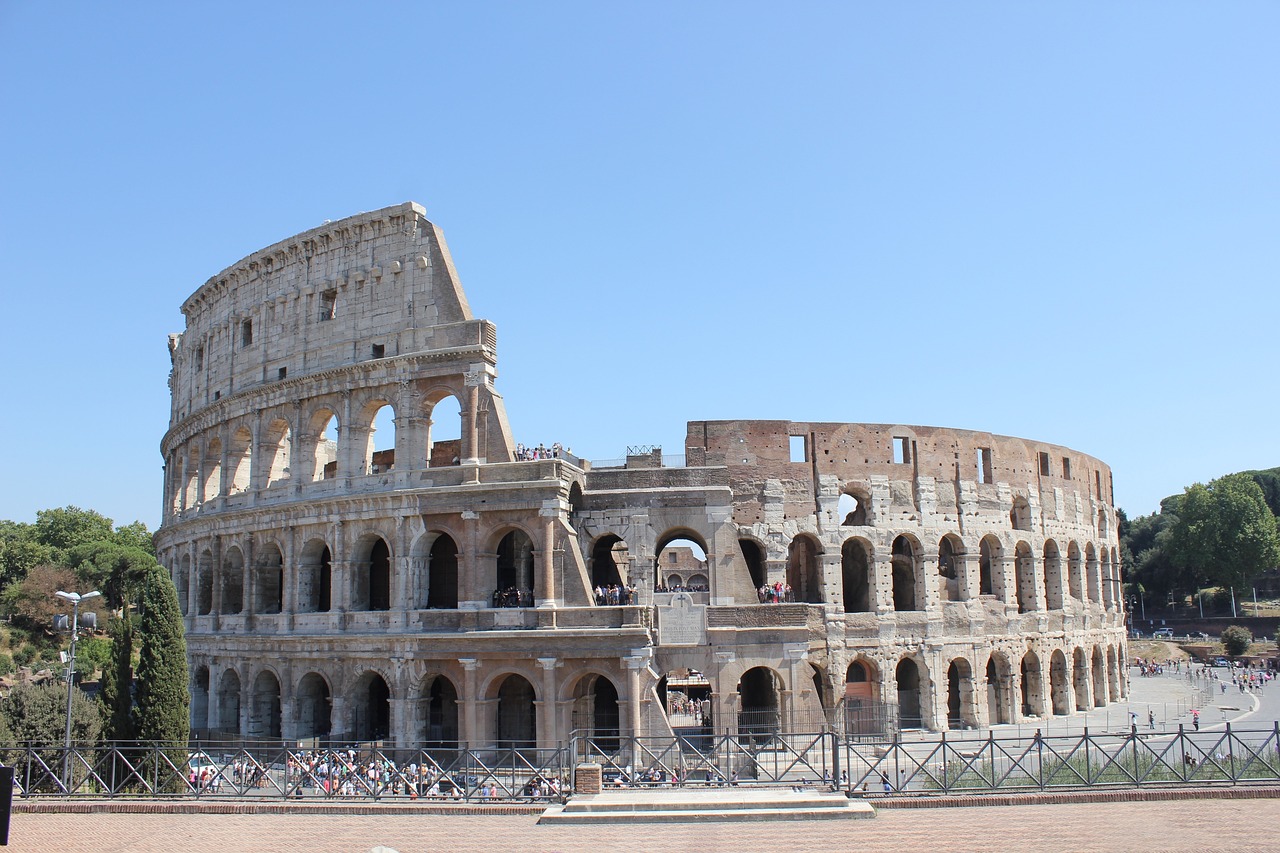Rome, often referred to as the “Eternal City,” is a treasure trove of ancient wonders that offers a window into the grandeur of the Roman Empire. Among its countless historic landmarks, the Roman ruins stand out as remarkable testaments to a civilization that shaped the world as we know it. Here are the top 9 Roman ruins in Rome that every history enthusiast and traveler should explore.
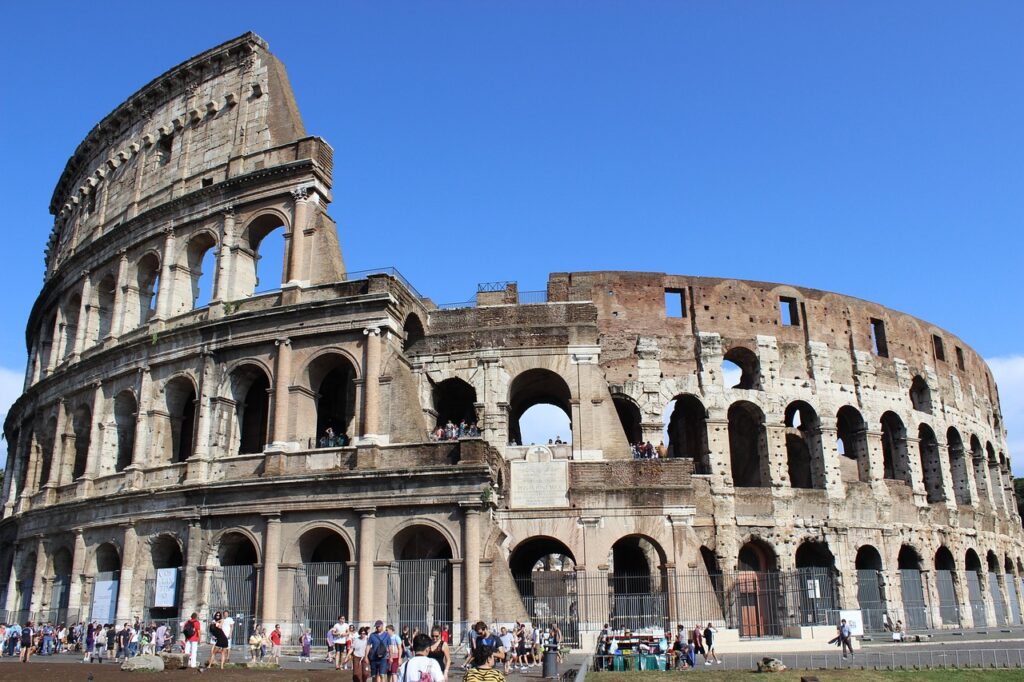
1. The Colosseum
No visit to Rome is complete without marveling at the Colosseum, the largest amphitheater ever built. Constructed in 70-80 AD, this iconic structure hosted gladiatorial games, animal hunts, and public spectacles. Walking through its corridors and seating areas offers a glimpse into the grandeur and brutality of ancient Roman entertainment.
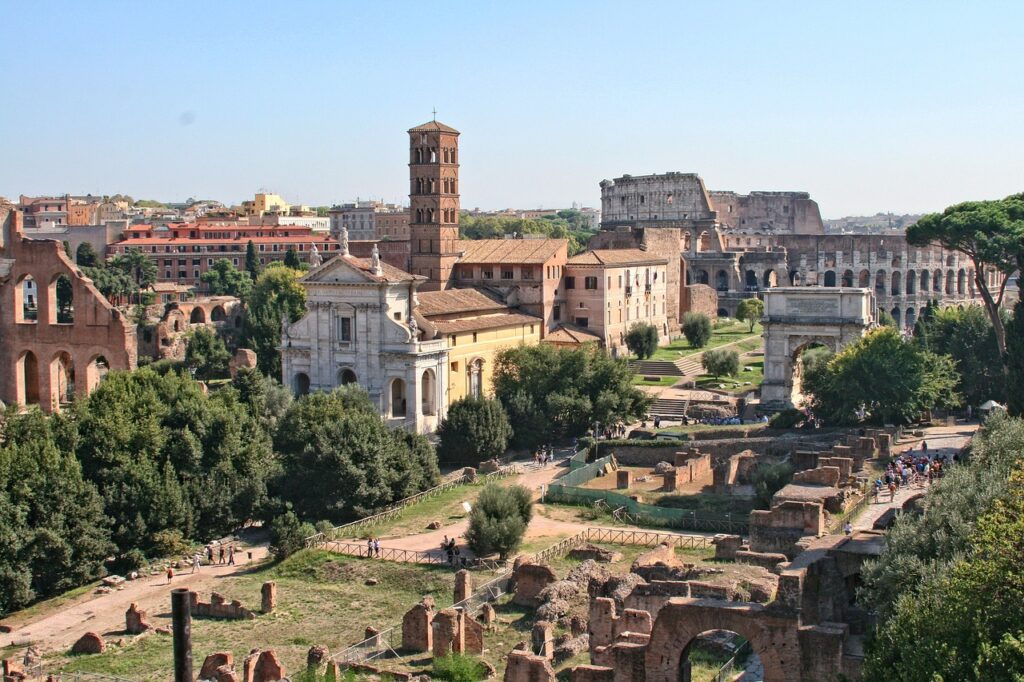
2. The Roman Forum
Once the heart of ancient Rome, the Roman Forum was a bustling marketplace and political hub. Today, it’s a sprawling archaeological site filled with remnants of temples, basilicas, and public spaces. Key highlights include the Temple of Saturn and the Arch of Septimius Severus.
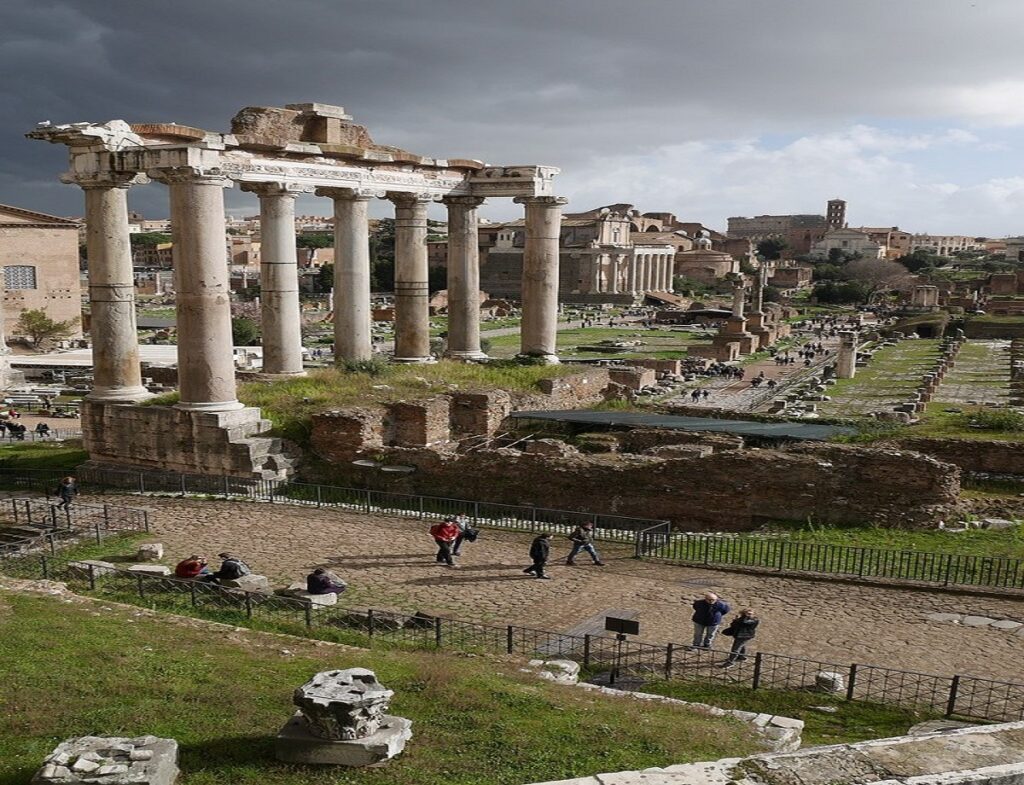
3. Palatine Hill
Legend has it that Romulus founded Rome atop Palatine Hill in 753 BC. This verdant hill offers ruins of ancient imperial palaces, such as the Domus Augustana, and stunning views of the Forum and Circus Maximus. It’s a must-visit for those intrigued by Rome’s mythological origins.
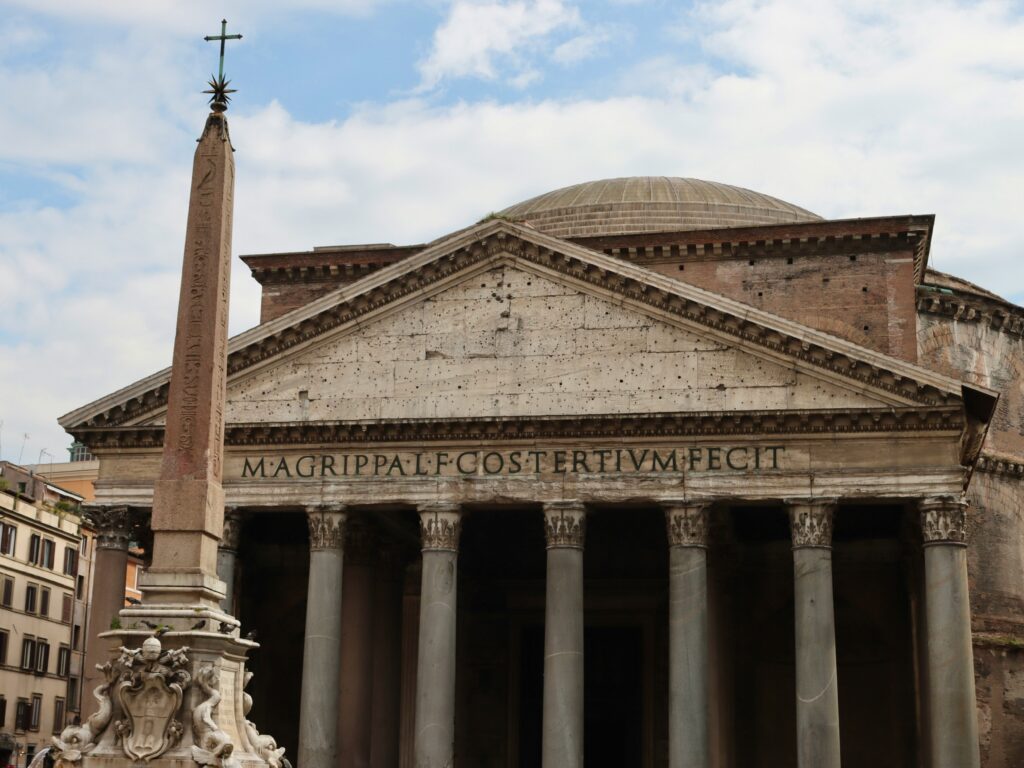
4. The Pantheon
Famed for its perfectly preserved structure, the Pantheon was originally a temple dedicated to all Roman gods. Its massive dome, with a central oculus that lets in natural light, remains an architectural marvel. Converted into a Christian church, it’s a harmonious blend of ancient and medieval history.
5. The Baths of Caracalla
One of the largest ancient bath complexes, the Baths of Caracalla epitomize Roman engineering and luxury. Built in the 3rd century AD, these baths could accommodate thousands of visitors and featured libraries, gardens, and gyms. Today, the ruins evoke the opulence of ancient Roman leisure.
6. The Circus Maximus
Once a grand chariot racing stadium, the Circus Maximus could seat over 150,000 spectators. While much of its original structure is gone, the site’s vast open space still gives an impression of its immense scale. It’s a perfect spot for a leisurely walk while imagining the roar of the ancient crowds.
7. The Arch of Constantine
Located near the Colosseum, this triumphal arch commemorates Constantine’s victory at the Battle of the Milvian Bridge in 312 AD. Adorned with intricate reliefs and inscriptions, it stands as a symbol of the emperor’s influence and the dawn of Christianity in the Roman Empire.
8. The Catacombs of Rome
These underground burial sites offer a haunting yet fascinating glimpse into early Christian life. With intricate frescoes and labyrinthine tunnels, the catacombs, such as those of San Sebastiano and San Callisto, reveal stories of faith, persecution, and resilience.
9. The Temple of Venus and Roma
Dedicated to Venus, the goddess of love, and Roma, the personification of the city, this temple was once the largest in ancient Rome. Located near the Colosseum, its remains hint at its former grandeur and architectural ingenuity.
Tips for Visiting Roman Ruins
- Wear Comfortable Shoes: Many sites require extensive walking on uneven terrain.
- Visit Early or Late: To avoid crowds and enjoy a more serene experience, visit early in the morning or closer to sunset.
- Take a Guided Tour: A knowledgeable guide can bring the history of these sites to life with fascinating anecdotes and context.
- Purchase a Combination Ticket: Many sites, like the Colosseum, Palatine Hill, and Roman Forum, offer joint tickets for added convenience and savings.
Conclusion
Rome’s Roman ruins are more than just ancient stones; they are stories etched into the fabric of time. Exploring these remarkable sites allows you to step back into a world of emperors, gladiators, and divine temples. Whether you’re a history buff or a casual traveler, these nine ruins will leave you spellbound by the Eternal City’s enduring legacy.bound by the Eternal City’s enduring legacy.

